Central Region
Our Central Region Destinations
The designation as the heartbeat of Ghana tourism is not merely symbolic for this area. Brimming with numerous highly frequented tourist destinations, the region offers an abundance of captivating activities and sights. Here, visitors can immerse themselves in Ghana’s diverse cultures, often overlooked in other urban centers. The Central Region promises enriching experiences and a vivid portrayal of Ghana’s history, characterized by the presence of castles and forts.
Things to Do in Ghana Central Region
Here is a compilation of captivating locations worth exploring in the Central Region of Ghana:
Cape Coast Castle
Cape Coast Castle, situated in Ghana’s Central Region, is a poignant testament to the nation’s historical narrative. Constructed by the Swedes in the 17th century and later expanded by the British, this historic fortress played a pivotal role in the transatlantic slave trade. Perched atop a promontory overlooking the Gulf of Guinea, Cape Coast Castle served as a major hub for capturing, confining, and transporting enslaved Africans. The castle’s dungeons, characterized by grim conditions, bear witness to the harsh realities faced by those awaiting shipment to the Americas. Visitors to Cape Coast Castle can explore its solemn halls, the Door of No Return through which slaves passed before boarding the ships, and the somber “Slave River” nearby. Today, the castle houses a museum providing insights into the dark history of the transatlantic slave trade and its profound impact on Ghana and the African diaspora.
Cape Coast Castle stands as a powerful and educational site, inviting reflection on the inhumanity of the slave trade and emphasizing the importance of preserving historical memory. It serves as a reminder of Ghana’s resilience and the ongoing quest for understanding and reconciliation. The castle’s role in history underscores the nation’s commitment to acknowledging and learning from its past while promoting a future rooted in justice, compassion, and global awareness.
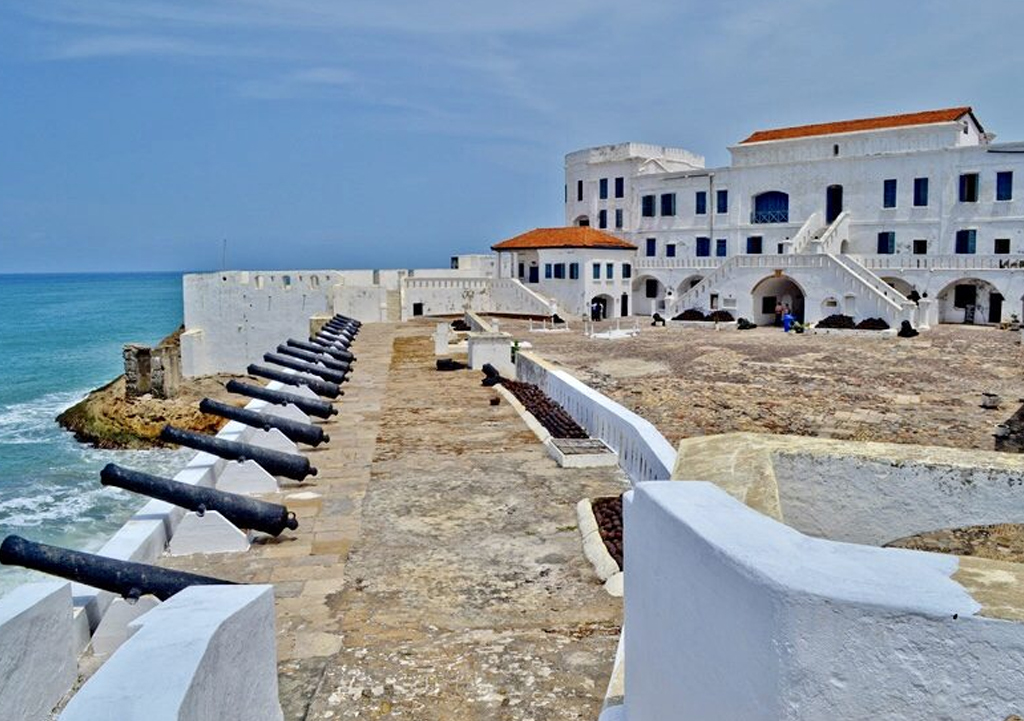
Elmina Castle
Elmina is known to be the first point of contact between Europeans and Ghana. The Portuguese adventurer Diego D’Azambuja was the first European to land on the shores of Elmina. He and his adventurers were so attracted to the abundance of gold they found here so much that they even called the place”Mina de Ouro”, which points to the vast amount of gold and ivory found in the area. About 11 years later, Elmina Castle was built.

Kakum National Park
This Ghanaian tropical rainforest serves as a habitat for approximately 40 diverse mammal species, including elephants, mona monkeys, civets, and buffaloes. Additionally, the park boasts a rich avian population, with around 250 different bird species, making it a delightful destination for birdwatching enthusiasts. An intriguing feature of the park is its 350-meter-long canopy walkway, suspended approximately 30 meters above the ground. This elevated walkway offers tourists a panoramic view of the entire wildlife and flora within the park. For those seeking an immersive experience, the park provides campsites, allowing visitors to spend the night surrounded by the captivating natural surroundings.
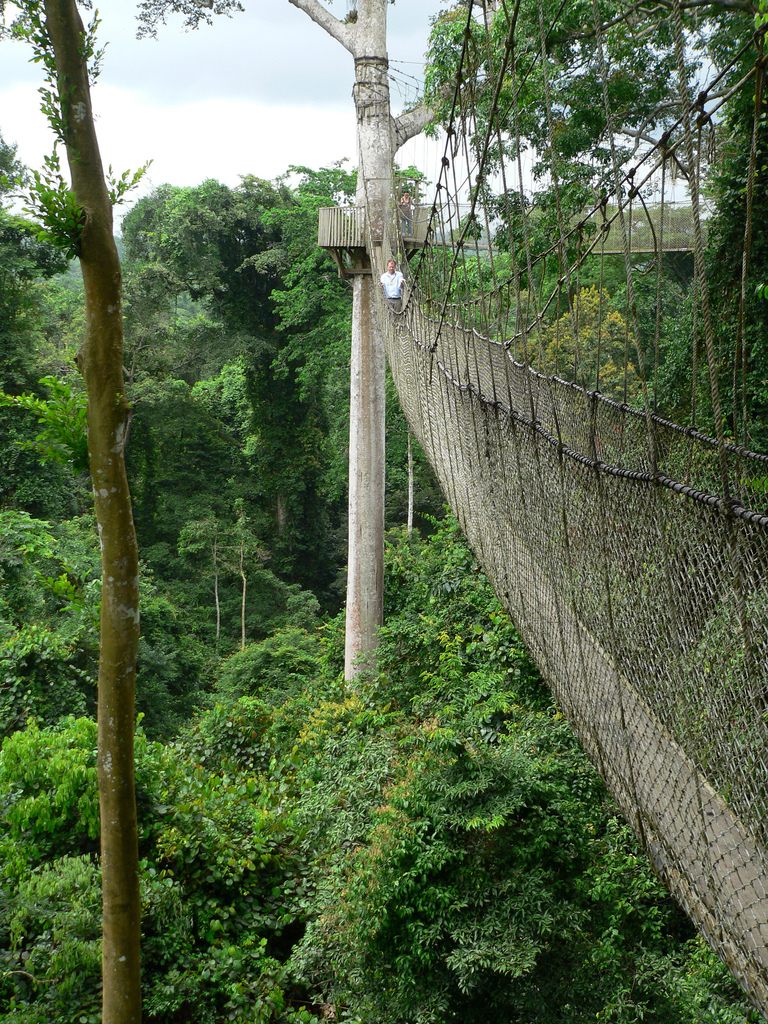
Assin Manso Slave River
Assin Manso Slave River holds historical significance as a solemn site in Ghana, commemorating the painful legacy of the transatlantic slave trade. Located in the Central Region, this river served as a poignant landmark where enslaved Africans were once bathed before their final journey through the “Door of No Return” at coastal castles like Cape Coast Castle. The cleansing ritual at Assin Manso Slave River marked a grim transition for individuals forcibly separated from their homelands.
Today, Assin Manso Slave River stands as a memorial and testament to the resilience of the human spirit. The site allows visitors to reflect on the atrocities of the past, acknowledging the profound impact of the transatlantic slave trade on the lives of countless individuals. It serves as a reminder of the importance of preserving historical memory and fostering understanding about the painful chapters in Ghana’s history and the broader story of the African diaspora.
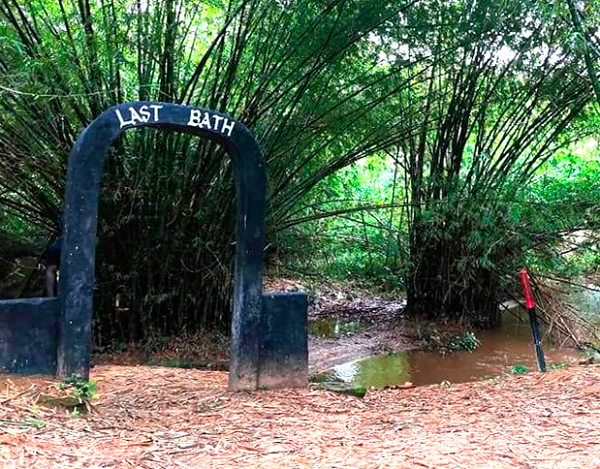
Aboakyer festival
Aboakyer festival is a bushbuck hunting festival celebrated by the people of Winneba in the Central Region of Ghana. The name Aboakyer translates as ‘hunting for game or animal in Fante dialect as spoken by the people of the Central region. The institution of the festival was to commemorate the migration of the Simpafo (the aboriginal name of the people of Winneba).
The Aboakyer Festival is being celebrated by the people of Effutu, who were among the earliest settlers of Ghana, for an uncountable number of years. It sprang up when the Effutu people departed from Western Sudan and journeyed to the present town of Winneba in the Central Region of Ghana. They came with their god, known as Penkye Otu
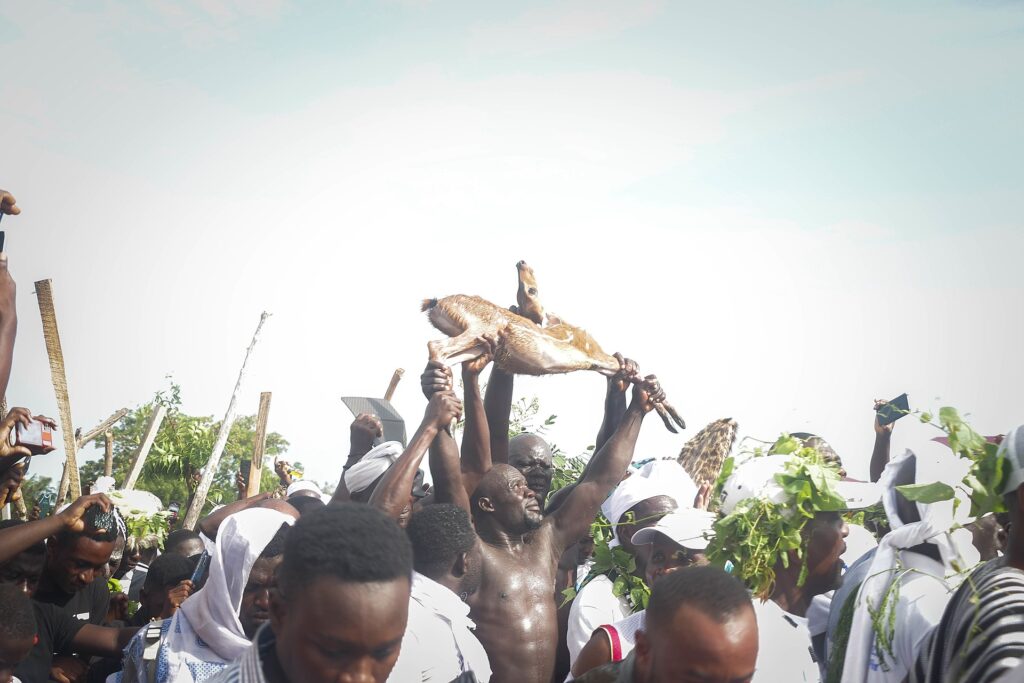
Fancy Dress Festival
Masquerade festival, popularly known as Fancy Dress Festival, is held every new year among the people of Winneba. Its attracts a large number of tourists from around the world. It is the second most popular festival in Winneba. The festival is held in a football park at the North campus of the University of Education, Winneba by the five main masquerade groups. They come together and compete amongst themselves to select the winner for the trophy. These groups consist of Nobles as number one, Egya as number two, Atumu as number three and Red Cross as number four and Royals as number 5.
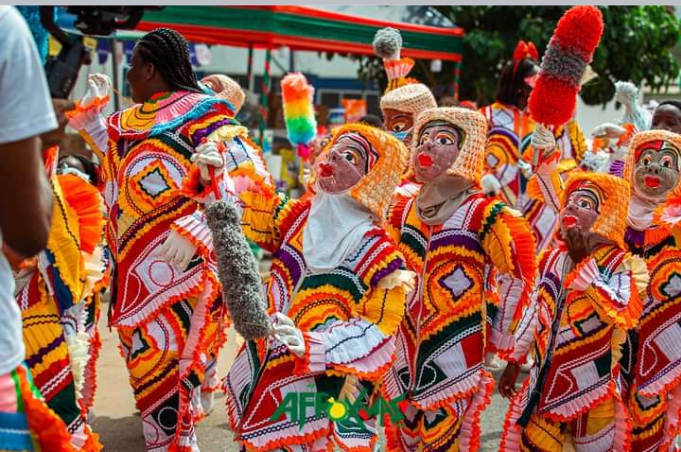
Our Partners

